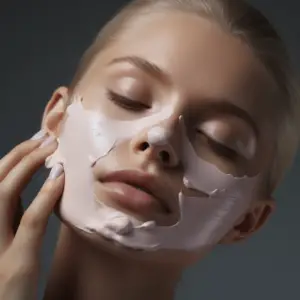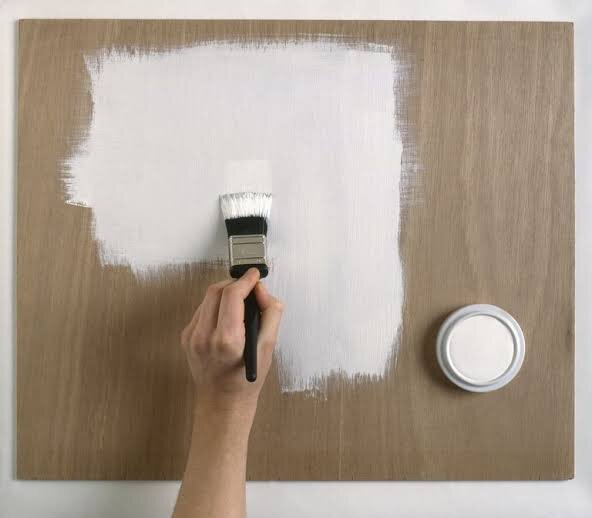Perfect Primer Application, also known as an undercoat, is a product used to coat a surface before painting. Primer differs from paint in function and in composition as well.
Depending on what the primer is indicated for, the components of primer include a synthetic resin, a solvent, an additive agent, and in some cases plastic.
These will be found in different concentrations in different primers to provide optimal performance for the paint job that will follow.
The application of primer affects directly how good the final paint job is going to be so regarding whether its application should be perfect, the simple answer is yes.
The industry practice in painting is the application of a single layer of primer followed by two layers of your desired paint.
A poor application or an imperfect one is unlikely to provide you with the desired results particularly because primer plays a significant role in the way paint adheres and lasts on a surface.
For a novice, it may seem like a simple part of the overall job of painting but contractors take priming seriously and ensure this step is carried out as thoroughly as possible. There are a number of reasons why priming properly is essential.
Table of Contents
Why Primer Needs to be Applied Perfectly

To Protect the Painted Surface
Surfaces like concrete and wood are highly porous and paint will not create a proper protective layer. If anything, porous surfaces such as these will readily absorb the solvent contained in paint drying the paint too quickly.
With the solvent absorbed before the paint cures, the paint is left dry and begins to crack which is basically wasted work.
The porous surfaces of both concrete and wood are vulnerable without being painted but in order for paint to provide a sealing layer, it must hold onto the surface without cracking.
Primer creates the ideal binding surface protecting the surface from the elements and also protecting the paint from being desiccated before it can cure. Without any primer, wood and concrete cannot take paint at all.
Paint will also stain concrete and wood almost permanently if they are not primed first. It will be a tall order to conceal these stains since they cannot be removed when a fresh paint job is required.
Metal needs a primer to protect it from undergoing oxidation when exposed to the elements. Paint on its own cannot adhere to metal and protect it which means a primer is necessary to protect the surface from coming into contact with moisture, air, and heat.
Optimal Paint Adhesion
Most surfaces will not readily take paint and the results of this will only manifest once the paint has dried and begun to crack and peel.
Primer is used to create a binding surface that compared to the surface you wish to paint, can take paint better and therefore provides a better platform for the paint to adhere to.
A perfect application of primer here produces stunning results when the paint coats are finally applied.
Creating a Uniform Base and Color
Primer rests on a bare surface evenly allowing the paint, which is what will be on display, to have a uniform evenness. This evenness is what gives the appearance of perfection and uniformity across the surface.
Perfectly applied primer will allow the paint to settle uniformly which creates the perfect sheen and hue across your painted surface.
A perfect paint job means the base on which the paint rests, binds, and cures is perfect and thus a perfect primer application is highly recommended.
To Reduce The Amount of Paint Needed to Achieve Good Coverage
Even on an even flat surface, the paint will slide and cover differently on different spots. If the surface is porous and soft, paint is dehydrated too fast causing cracks and chaffing. If the surface is hard, the paint has nothing to bind itself to and peels easily after drying.
Good coverage is almost impossible to achieve particularly where the painted surface is dark and the paint is a significantly lighter color. If your wall is a tan brown color, a coat of baby pink will be very difficult to apply effectively and cover the tan properly.
Perfect Primer Application the primer which could be a single priming coat of a neutral color such as light cream, you will have to use more than two coats of paint to obscure tan brown with baby pink.
You will run into two main problems the first being the extra cost of painting given the added layering of coat after coat of paint.
Second, your paint may not adhere well due to the added layers meaning your paint job will become uneven in thickness with some stubborn areas having more paint than others.
Your entire job may have to be redone if the paint starts to peel or if it has significant coverage imperfections.
To Conceal Blemishes, Repairs, and Stains

Imperfections in surfaces must be concealed before painting and primer is perfect for this. Primer covers stained surfaces creating a perfect surface that cannot show the staining underneath.
Paint on its own does not conceal blemishes well and your paint job could be ruined if a primer is not used or is applied imperfectly.
Repairs and seams create uneven surfaces and scars that jut out and paint will enhance them. To seal these, use primer generously and create a perfectly flat and even platform that will make your paint job perfect and stunning.
Finally…
While self-priming paints have hit the market in the last decade or so, many contractors seem to still prefer the separate primer and separate paint method which they swear creates a superior finished job.
Painting is a technical skill and very important since it is the face of the completed construction job. Self-priming paints may seem like a good option but in general, contractors tend to have better insight into what works best.
Self-priming paints seem to function best where the painted surface is unproblematic. If the surface is grossly uneven and the previous color is too dark, the paint job will readily disappoint.


